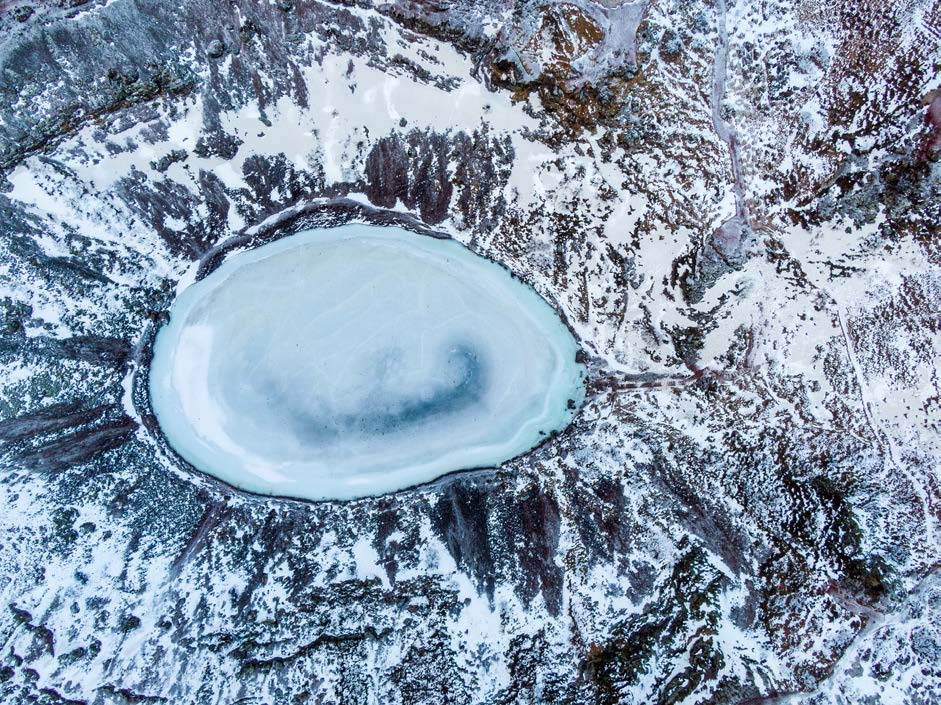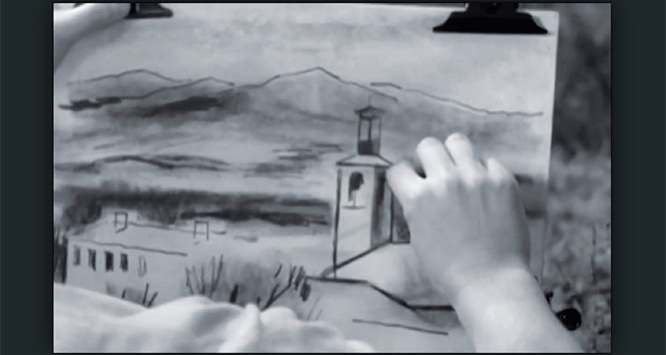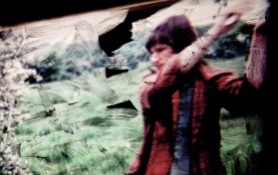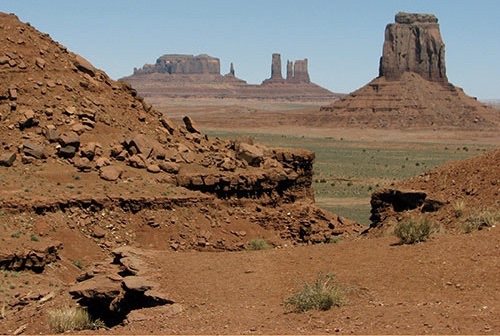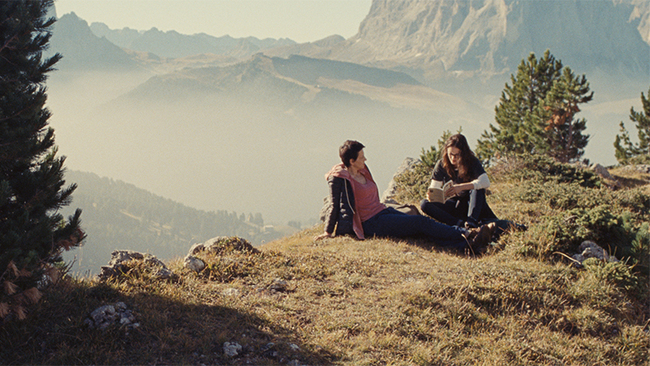
Guest Editors: Cornelia Klecker & Christian Quendler
(Introduction) Cinematic Figurations of Mountains by Cornelia Klecker and Christian Quendler (University of Innsbruck)
Excerpt: While most approaches to studying mountain film have concentrated on the legacies of the German mountain film or the Bergfilm of Weimar Cinema, we propose to rethink mountain cinema along a different path that takes its inspiration from the French New Wave cinema and the criticism of Cahiers du Cinéma and argues for sustained efforts of integrating mountains in both cinema and life.
Articles
Highroads and Skyroads: Mountain Roadbuilding in U.S. Government Films of the 1920s and ’30s
By Jennifer Lynn Peterson

EXCERPT: While this focus on roads certainly makes sense in the case of government films made by the Bureau of Public Roads, my research shows that roads are a point of focus in films made by all branches of the federal government in this period. This emphasis on infrastructure appears so frequently across different government films that it feels like an obsession: The films work not just to promote federal landholding, but to justify the entire project of the national parks and forests in the name of the public good. Seen from today’s perspective, we can read this as symptomatic of a specific moment in the historical expansion and consolidation of the state’s landholding and land management practices, as well as a specific moment in the history of fossil capitalism.
Imagining Taking Tiger Mountain (by Strategy): Two Landscapes of the Anthropocene, 1970 and 2014 [OPEN ACCESS]
By Sean Cubitt
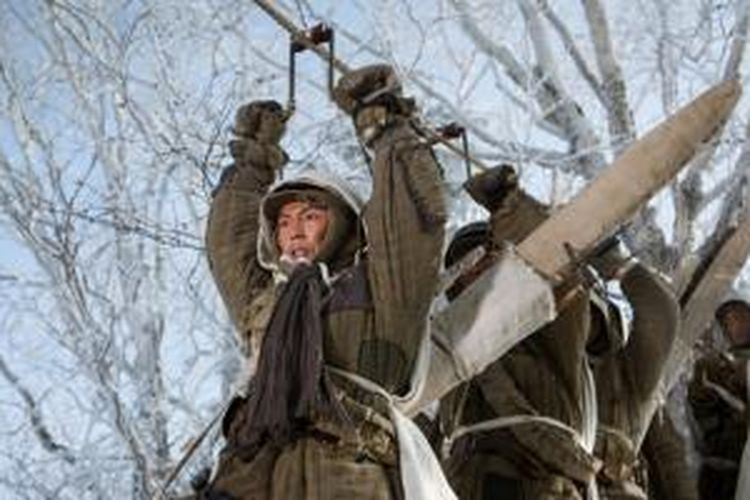
EXCERPT: [A]ll of us experience mountains as real and as strictly invisible. This is no doubt why they have been so often addressed as gods: because they are both real and imaginary. The word Anthropocene that also appears in my title is, similarly, both real and imaginary: We cannot experience a global shift in person, only in the imagination. Taking Tiger Mountain and its predecessor, separated by almost half a century, the fifty years during which environmental issues escaped laboratories and entered politics, the period when the term Anthropocene was coined and became a matter, perhaps the matter of concern for a generation, may also be a period when the word imagination subtly but significantly altered in its work in cultures and societies.
Revisiting Brokeback Mountain — How Mountains Matter, or: Melodrama, Melancholy, (Im-)Mobility
By Sabine Sielke
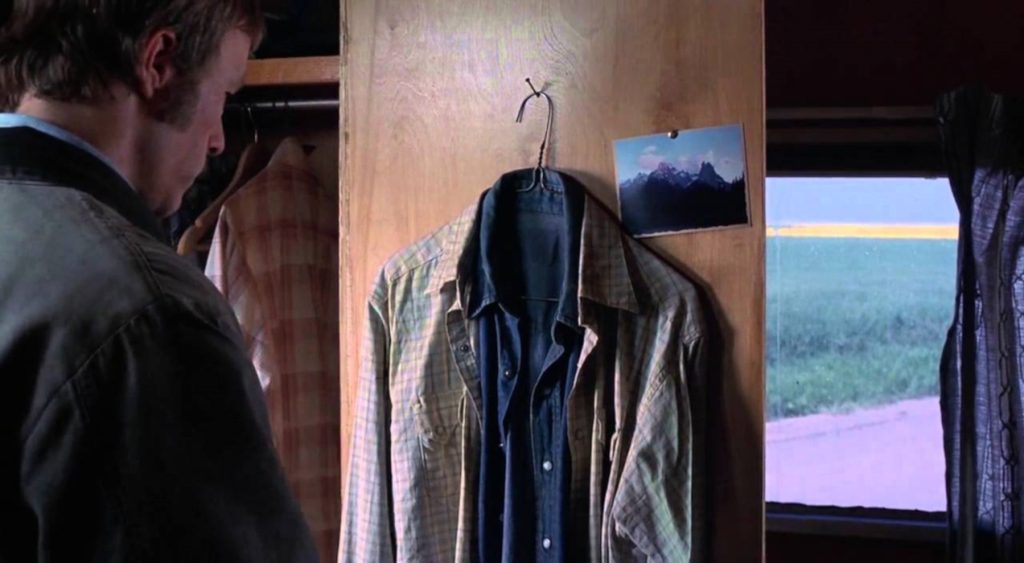
EXCERPT: At a time when film has transformed, by way of video and DVD, into an “incredibl[y] shrinking medium” (3) and the experience of cinema has become “increasingly rare” (28), film reaffirms its power, wishing it may once again become “precious to us” (29). That power, of course, comes in all kinds of shapes from special effects to melodrama, the “fundamental mode of popular moving pictures” (Williams 1998, 42). It is this longing for a renewal of a familiar cinematic experience that is as central to Brokeback Mountain as is its longing to mainstream a supposedly marginal sexual desire; and, as I argue, both of these longings take recourse to other, older “immobile” media including painting and photography.
Ambiguous Images of Soviet-Kyrgyz Mountainscapes in The Sky of Our Childhood (1966)
By Anna Ladinig
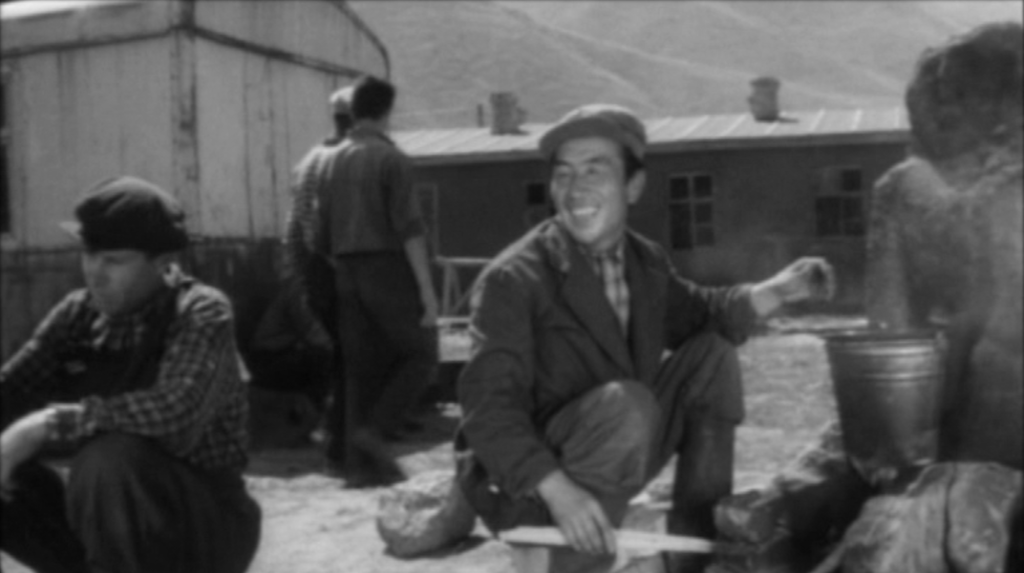
EXCERPT: The nomadic way of life is threatened by the expansion of the road infrastructure that will connect the rural Soviet republic with the urban center of Moscow, which reaches out to a generation that has different desires and plans for their future. [The Sky of Our Childhood]’s apparently straightforward plot makes room for the complexities of this topic, remains open to various interpretations, and has been received differently with the passing of time…How somebody reads the film depends on and reveals that person’s (historical) frames of reference. Not unlike the mountains, the film becomes a stage that mirrors specific views and attitudes of different historical periods and phases.
Cinematic Cultures of Descent: The Other Sides of the Mountaineering Story [OPEN ACCESS]
By Eva-Maria Müller
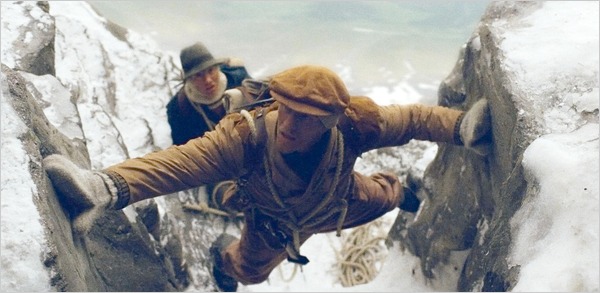
EXCERPT: [I]f ascent is a distinctive feature of many classic mountain films, descent promises a meaningful way in which to broaden the genre. Thinking about mountains through cultures of descent thus not only offers a long overdue corrective to orthodox approaches in mountain studies, it also highlights the special role of film in facilitating a change of perspective and allows us a better understanding of socio-ecological concerns that come to the fore via mediations of descent.
Reviews

Review by Kajsa Philippa Niehusen
Anti-Heimat Cinema: The Jewish Invention of the German Landscape by Ofer Ashkenazi, University of Michigan Press, 2020
Excerpt: While the postwar German films of some exiled Jewish filmmakers, such as those of Billy Wilder or Erich Pommer, have received scholarly consideration, a comprehensive account of returning Jews in German post-war film culture remains to be written. In these chapters, Ashkenazi seeks to demonstrate the singular contribution of these rémigrés to the contemplation of Heimat in post-Nazi film culture.
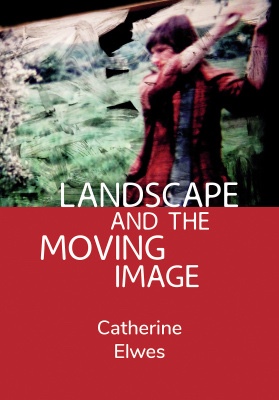
Review by Rich Farrell
Landscape and the Moving Image by Catherine Elwes, Intellect, 2022
Excerpt: Altogether, this book neither attempts to establish dogma ‘about who can film what in the world around us’ (5) nor projects a paradigm shifting theory of landscape, but instead generatively surveys a constellation of under-accounted for treatments of landscape by moving image artists across the globe since the 1960s.
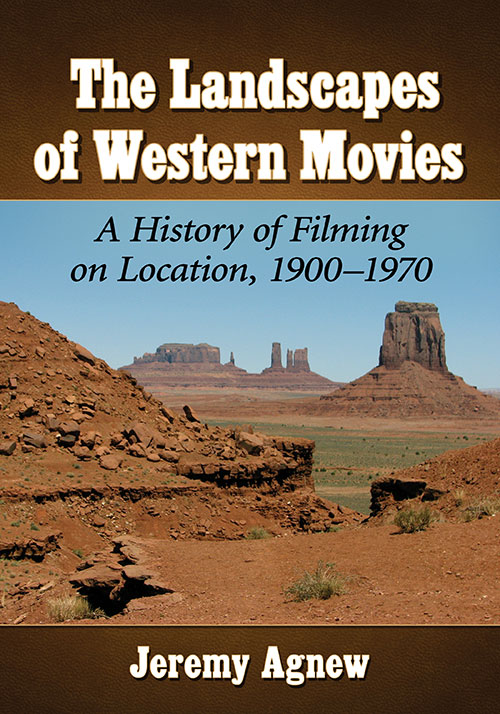
Review by John Winn
Excerpt: But what is perhaps original in The Landscapes of Western Movies is its reframing of the history of American cinema through the lens of this history’s geographical peripheries – a retelling of film production from the perspective of its frontiers. That is, what Agnew gestures towards is a revised history of the emergence of cinema and the formation of the Hollywood studio system that takes as central those areas normally considered peripheral – a history not of the studios themselves nor of the earlier centers of film production back East, but of the myriad satellites of film production from the mountains and forests of New Jersey to the deserts and canyons of Utah or Arizona.
Further Reading: Kamaal Haque reviews Roberto Mantovani’s Action: Let’s Climb!: History of Mountaineering and Climbing Film (C.A.I., 2020)
Related Projects, Events and Publications
Delocating Mountains: Cinematic Landscapes and the Alpine Model
Mediating Mountains: 46th International Conference of the AAAS
Mediating Mountains: Journal of the Austrian Association for American Studies
